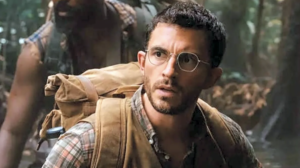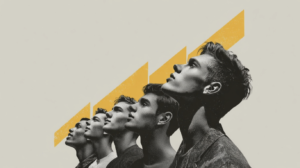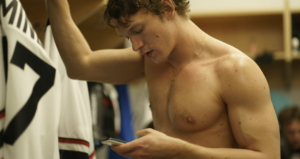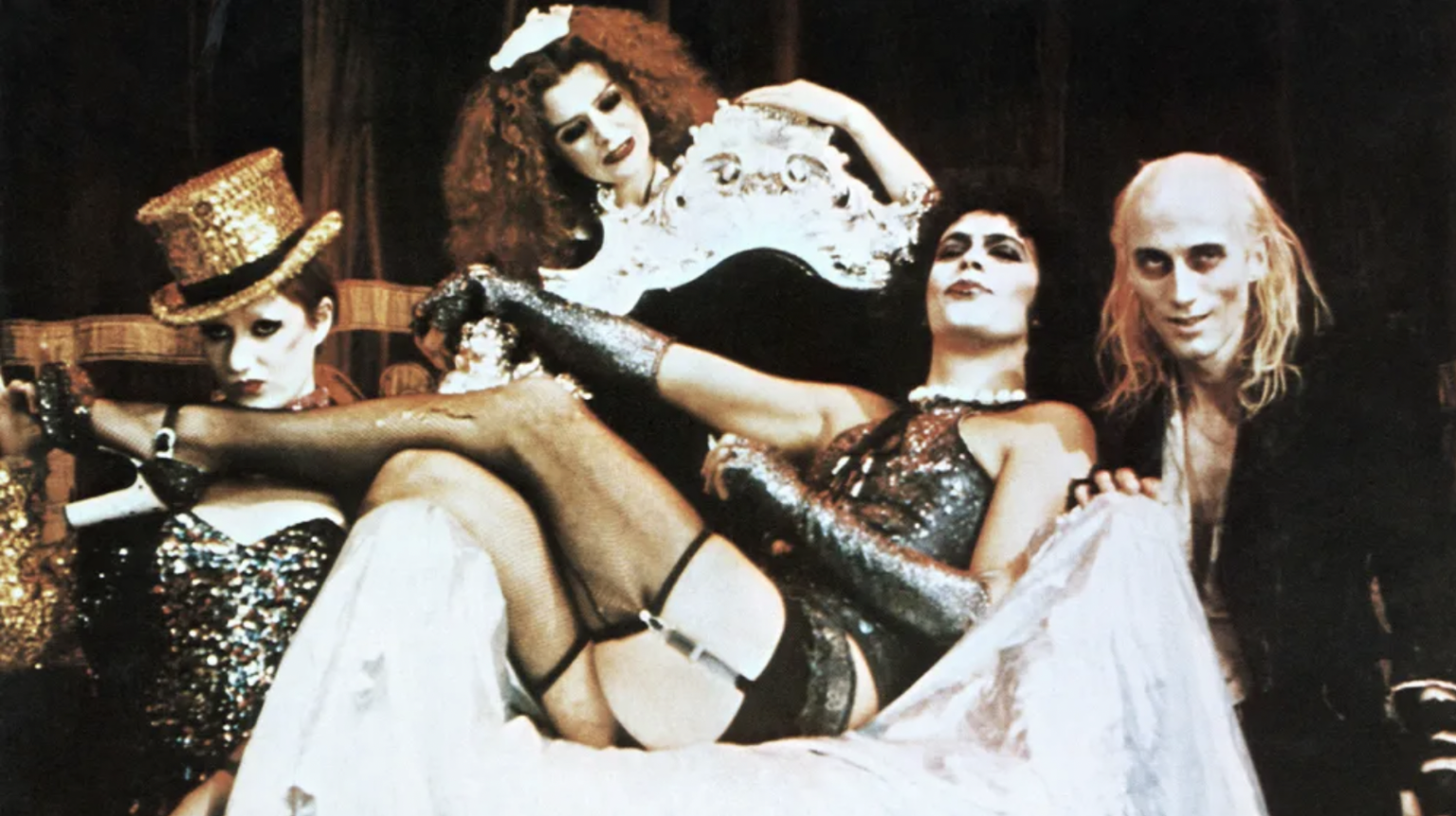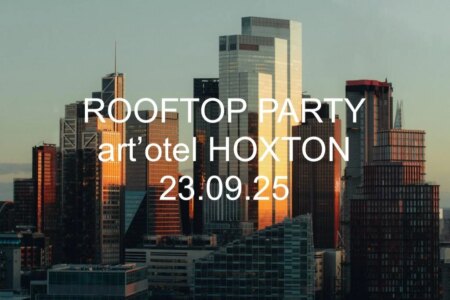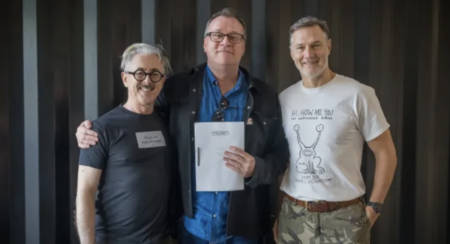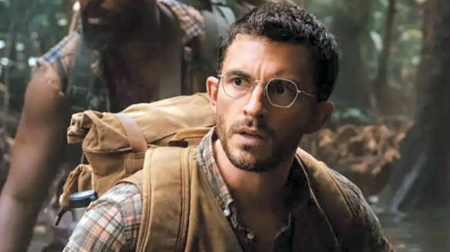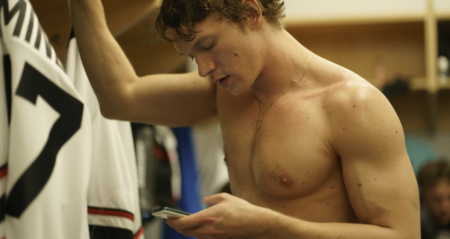In August 1975 a peculiar little musical slipped quietly into British cinemas and, by every ordinary measure, flopped. There were no major stars, no chart‑topping songs and critics were baffled; box office returns were modest and the film seemed destined for obscurity. But what followed was anything but ordinary: The Rocky Horror Picture Show gradually mutated from an oddity into one of cinema’s most durable cult phenomena.
The picture’s origins were as improvised as its early reputation suggests. Richard O’Brien, then a struggling actor with a taste for B‑movies and glam rock, wrote a spoof musical during theatre downtime — originally titled They Came from Denton High — drawing openly on 1950s horror pastiche and the androgynous aesthetics of performers such as David Bowie. Director Jim Sharman, who had collaborated with O’Brien on Jesus Christ Superstar, shepherded the piece from a 60‑seat fringe production into a screen project. Interviews with O’Brien and retrospective summaries trace that fringe‑to‑film journey, underlining how a small, experimental London stage show seeded what would become a global ritual.
The screen production was, in many ways, a thrift‑store affair. Filming took place at Bray Studios and at Oakley Court, a Victorian Gothic house close by that had long served Hammer‑style horrors; its decayed rooms, frozen corridors and recycled props suited the film’s Gothic pastiche but also made for gruelling conditions. Contemporary accounts and location histories note that shooting ran through late 1974 in hard, often cold circumstances: sets were cannibalised from other productions, costumes frayed, and at least one lead—Susan Sarandon—fell ill during an exposed scene. Those privations sit in plain view on screen, yet they also helped forge the film’s ragged, feverish energy.
What ultimately made the picture sing on screen was less polish than performance. Tim Curry’s portrayal of Dr Frank‑N‑Furter — a gleefully transgressive, camp, pansexual scientist in corset and heels — proved electrifying, a performance many critics singled out as the film’s raison d’être. Roger Ebert, writing in 1976, called Curry’s turn revelatory and credited his exuberance for lifting otherwise uneven ensemble work; that sense that Curry was having the most fun helped turn early bafflement into a magnet for attention.
The film’s resurrection in the United States came almost by accident but accelerated through deliberate, low‑budget ingenuity. A late‑night screening at New York’s Waverly Theatre in April 1976 — promoted with a tiny budget, a Village Voice notice and a do‑it‑yourself attitude — sparked a call‑and‑response culture in which audiences began shouting back lines, dressing as characters and using props in time with the film. Trade and newspaper reporting credit that Waverly run and the programming instincts of theatre bookers for spreading midnight screenings that turned passive viewers into participants and, ultimately, into organisers and repeat attenders. Shadow casts, timed call‑backs and prop‑lists became standardised almost as quickly as they emerged improvisationally.
Those midnight rituals grew into a social phenomenon with particular resonance for outsiders. As Reagan‑era conservatism gathered force in the United States, Rocky Horror’s late‑night carnival provided a permissive space where queerness, gender play and theatrical excess were not only tolerated but celebrated. A recent documentary tracing five decades of fandom premiered on the festival circuit and collects testimony from cast, crew and fans who describe screenings as sites of community, safety and identity formation. Industry reporting on the film’s documentary notes that the project includes interviews with Richard O’Brien, Tim Curry and Susan Sarandon and is now being positioned for international sales and further festival play.
Half a century on, The Rocky Horror Picture Show endures because it is less a fixed artefact than a living performance. Encyclopaedic summaries and cultural histories point out that it ranks among cinema’s longest‑running theatrical attractions, with weekly screenings still occurring around the world and local variations of the ritual continually emerging. The film’s mutability — the way audiences rework and re‑enact it, sometimes to the point of reinventing its meaning — helps explain why it continues to attract successive generations seeking play, transgression and community.
Source: Noah Wire Services



